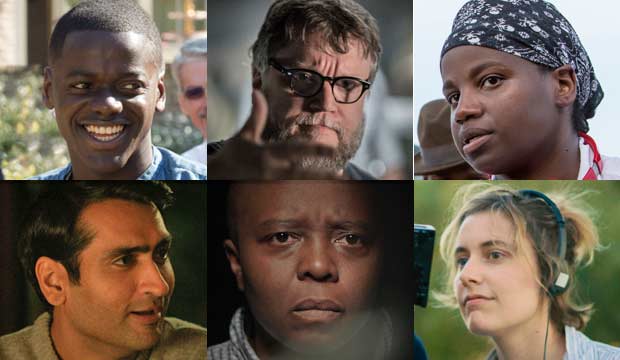An Introduction
As we are all well aware, diversity on cinema and tv screens has been a talking point in recent years.
With increased media scrutiny regarding inclusivity and representation, it's becoming increasingly important that film and TV producers are making Female, LGBT+, BAME, and Disabled characters part of mainstream stories. As someone who ticks a couple of these boxes, and believes greatly in the importance of media representation, I hope to see that these changes are made and implemented not only now, but in the long run.
Recent blockbuster releases such as Star Wars: The Last Jedi (Johnson, 2017) have been hailed by critics for their progressive casting choices (Van Der Werff, 2017). Whether it be minority leads (John Boyega and Kelly Marie Tran in Star Wars) or strong female characters (Gal Gadot in Wonder Woman (Jenkins, 2017) and Emma Watson in Beauty and the Beast (Condon, 2017)), Hollywood has seemingly turned in favour of creating a more inclusive landscape for audiences to interact with.
 |
| (L to R) Oscar Isaac, John Boyega, and Kelly Marie Tran in a Vanity Fair promo shoot for Star Wars: The Last Jedi (source) |
This may have come at a fortunate time for production companies, as in a recent study, the Creative Artists Agency (CAA) stated that films portraying diversity on screen increases numbers at the box office. Christy Haubegger – leader of the CAA’s multicultural development group says “one of the interesting things that the most successful movies share is that they’re broadly appealing to diverse audiences.” (Anderson, 2017). This reinstates what minority audiences have been saying for many years: that we want to see films that represent the culturally diverse world we live in (Nevins, 2017).
In an exclusive with the Los Angeles Times, the CAA revealed that “at every budget level, a film with a cast that is at least 30% non-white — CAA’s definition of a “truly diverse” film — outperforms a release that is not truly diverse in opening weekend box office. And on the audience side of things, the average opening weekend for a film that has a “truly diverse” audience, pegged at 38% to 70% non-white, is $31 million versus $12 million for films with non-diverse audiences.” (Anderson, 2017). Thus showing that not only do people pay to see these "truly diverse" films, but that minority audiences are a large portion of those doing so.
We now know for sure that representation matters to audiences, and that production companies are aware that diverse films draw larger profits, but are the people writing, directing, producing, and crewing on these productions a reflection of the subject matter? Are we as diverse within the industry as we seemingly are on the face of it? How many Female, LGBT+, BAME people make up the UK and US film industry's work force, and how is that translated on screen?
This blog aims to investigate the ethnic, gender, sexuality, and disability diversity on the face of - and within - the film and television industry, as well as shed light on some of the pioneers that are making their own way, creating a path for my generation to follow.


Comments
Post a Comment